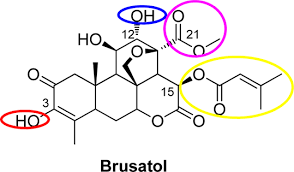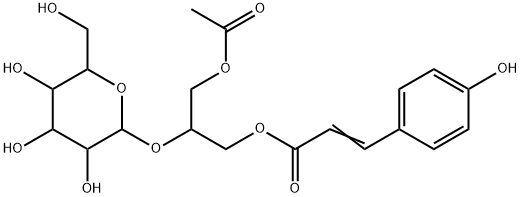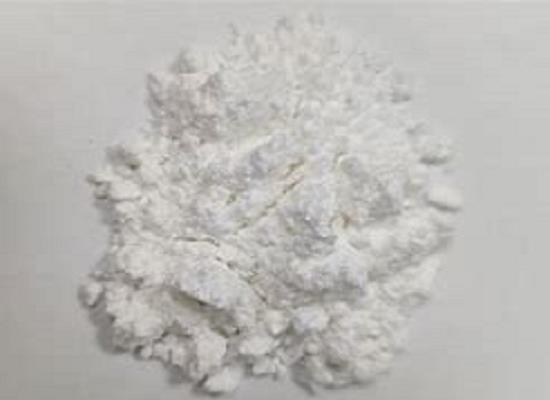The toxic effects of Brusatol
Brusatol is a natural quassinoid that shows a potential therapeutic use in cancer models by the inhibition of Nuclear factor erythroid 2-related factor 2 (Nrf2) and is capable of inducing a variety of biological effects. The effects of Brusatol on oocyte meiosis has not been addressed.

Reaction mechanism
In this study, we investigated the impact of Brusatol treatment on mouse oocyte maturation and its possible mechanism. Our data demonstrated that Brusatol treatment disrupted oocyte maturation and spindle/chromosome organization by modulating Nrf2-Cyclin B1 pathway, as the influence of Brusatol was compensated by the addition of Nrf2 activation plasmid, and the mRNA and protein levels of Cyclin B1 were severely reduced in oocytes following Nrf2 decline. In summary, our data support a model that Brusatol, through the inhibition of Nrf2, modulate Cyclin B1 levels, consequently disturbing proper spindle assembly and chromosome condensation in meiotic oocytes.
toxic effects
Brusatol is a member of quassinoids, which is acknowledged as a unique inhibitor of Nrf2-mediated signaling pathway, and acts by reducing the protein level of Nrf2 through inhibition of protein synthesis and stimulation of its ubiquitination and proteolysis. Although Brusatol shows a potential therapeutic use to combat chemoresistance in both in vitro and in vivo cancer models, the safety of Brusatol on fertility still needs to be studied.
The discovery of involvement of Nrf2 in meiosis of mouse oocyte, particularly in controlling meiotic progression suggesting a essential role in oocyte development. In this study, we proposed that Nrf2 would play important roles on mouse oocyte maturation. To confirm our hypothesis, Brusatol was used to investigate the effects of Nrf2 inhibition on mouse oocyte maturation.



